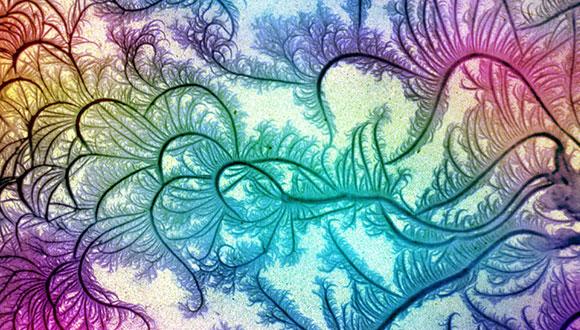Condensed Matter Seminar: The rise and fall of insulating band gaps in D-Electron Oxide Perovskites
Professor Alex Zunger, University of Colorado Boulder, Boulder, Colorado, USA
Abstract:
The seminal 1937 spectroscopic observation by De Boer and Verwey of the insulating character of paramagnetic phases of d electron oxides led N. Mott to the celebrated conclusion that this must be intrinsically a many-body effect, since single-particle band theory would invariably predict an erroneous metallic state in such “Mott” Insulators. This conclusion marked the historical shift in the field - reborn with vengeance with the discovery of high Tc superconductors - placing the focus of attention on the strongly correlated electrons, almost to the exclusion of the ffects of ions and spins. This talk will review recent re-examination of this classic paradigm. It turns out that the dismissal of band theory was premature, as it was based on consideration of averaged crystallographic unit cells, a description that washes out all possible local symmetry breaking modes. When such lattice effects are allowed, one finds (i) lower total energy, concomitantly with (ii) the emergence of an insulating state in Mott systems, even without recourse to strong correlation. This requires using in band theory non -averaging (super) cells. Conversely, when temperature (or pressure, or doping) diminishes such local symmetry breaking modes, the source of gaping is removed, leading to the rise of the metallic state. This opens novel opportunities for experimental testing of the role of local, lattice motifs.
Event Organizer: Dr. Dominik Juraschek


